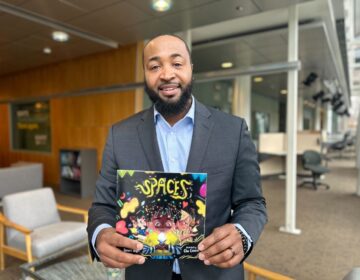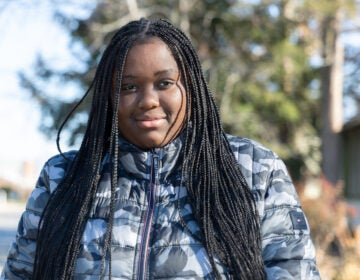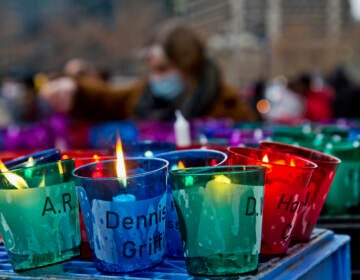Philly ‘Host Home’ program aims to slash LGBTQ youth homelessness, shelter costs
The Homeward Initiative, in partnership with local LGBTQ nonprofit Attic Youth Center, will serve queer young people ages 18-24 and will serve roughly a dozen young people.
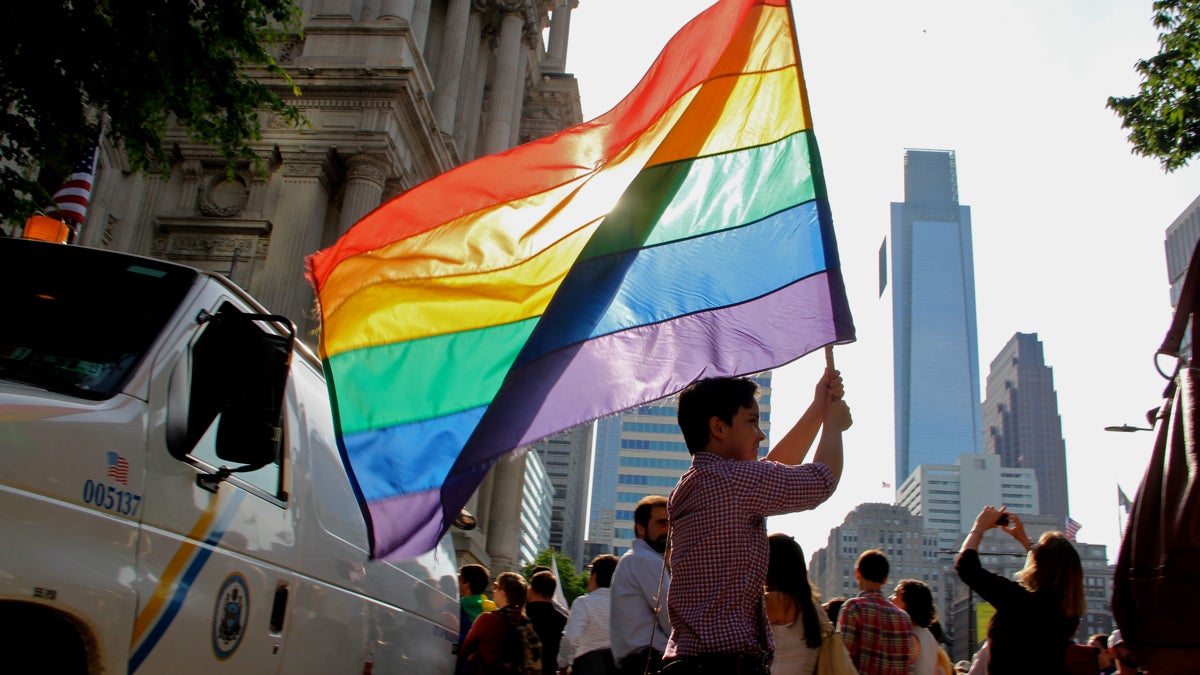
(Emma Lee/WHYY, file)
This article originally appeared on Philadelphia Gay News.
—
In honor of turning 17, Jennifer Roman* enjoyed a celebration at a bowling alley — the first birthday party she’d ever had, hosted by a woman she calls “Mom.”
After spending most of her teenage years in foster care or between living situations to escape an abusive home, Roman now describes enjoying typical family scenarios: group dinners, watching TV together, light arguing and joking.
“They welcomed me into their home and at first I was walking on eggshells constantly, just because I didn’t want to screw up something,” Roman, who identifies as bisexual, said of the members of her new household. “Now I can just walk in and tell them how it’s going, what’s going on, if something bad happens, if something good happens. I’ve developed a family here.”
“Mom” is actually a friend’s mother. The Armstrong County teen has been living with her friend’s family as the first participant in Bridge2Home, a new Host Home initiative by regional nonprofit Valley Youth House that supports youth experiencing homelessness.
Part of an emerging trend in Host Home programs across the United States, Bridge2Home aims to provide a cost-effective housing alternative for youth experiencing homelessness. Instead of ending up on the streets, in shelters or couch-surfing, youth in Host Homes program are matched with volunteer households and work with social workers who connect them with further support services. Hosts receive a monthly stipend that reimburses them for costs incurred by an additional resident.
Bridge2Home, which launched in January, is the first official Host Home program in Pennsylvania, said program coordinator Carol Dunlap. It helps young people ages 16-20 in Armstrong, Indiana, Washington and Westmoreland counties.
Valley Youth House, which primarily serves Eastern Pennsylvania, expanded westward for the initiative thanks to a three-year “Home4Good” grant from the Federal Home Loan Bank of Pittsburgh and the PA Housing Finance Agency.
Host Home models could particularly benefit LGBTQ youth — like Roman — who have a 120-percent greater chance of experiencing homelessness than their straight peers, according to a 2017 study by Chapin Hall of the University of Chicago. The institution also found that 62 percent of queer youth experiencing homelessness report being physically harmed and 27 percent engaged in sex work to take care of their basic needs.
Similarly, LGBTQ youth comprise 40 percent of the nation’s youth experiencing homelessness in the United States, despite representing only 7 percent of the population, according to True Colors United, an organization focused on housing solutions for queer young people.
Philadelphia reflects that trend. In November 2017, following a city-wide report, Office of Homeless Services representatives said LGBTQ youth are overrepresented in Philadelphia’s at least 569 youth ages 13-25 who are experiencing homelessness.
Coming to Philadelphia
Accordingly, a Host Home program focused on LGBTQ youth experiencing homelessness is coming to Philadelphia in early 2020.
The Homeward Initiative, in partnership with local LGBTQ nonprofit Attic Youth Center, will serve queer young people ages 18-24, said Brendan Taliaferro, out gay man and founder and CEO of the upcoming Host Home project. The one-year pilot program will serve roughly a dozen young people who use services at the Attic or Valley Youth House.
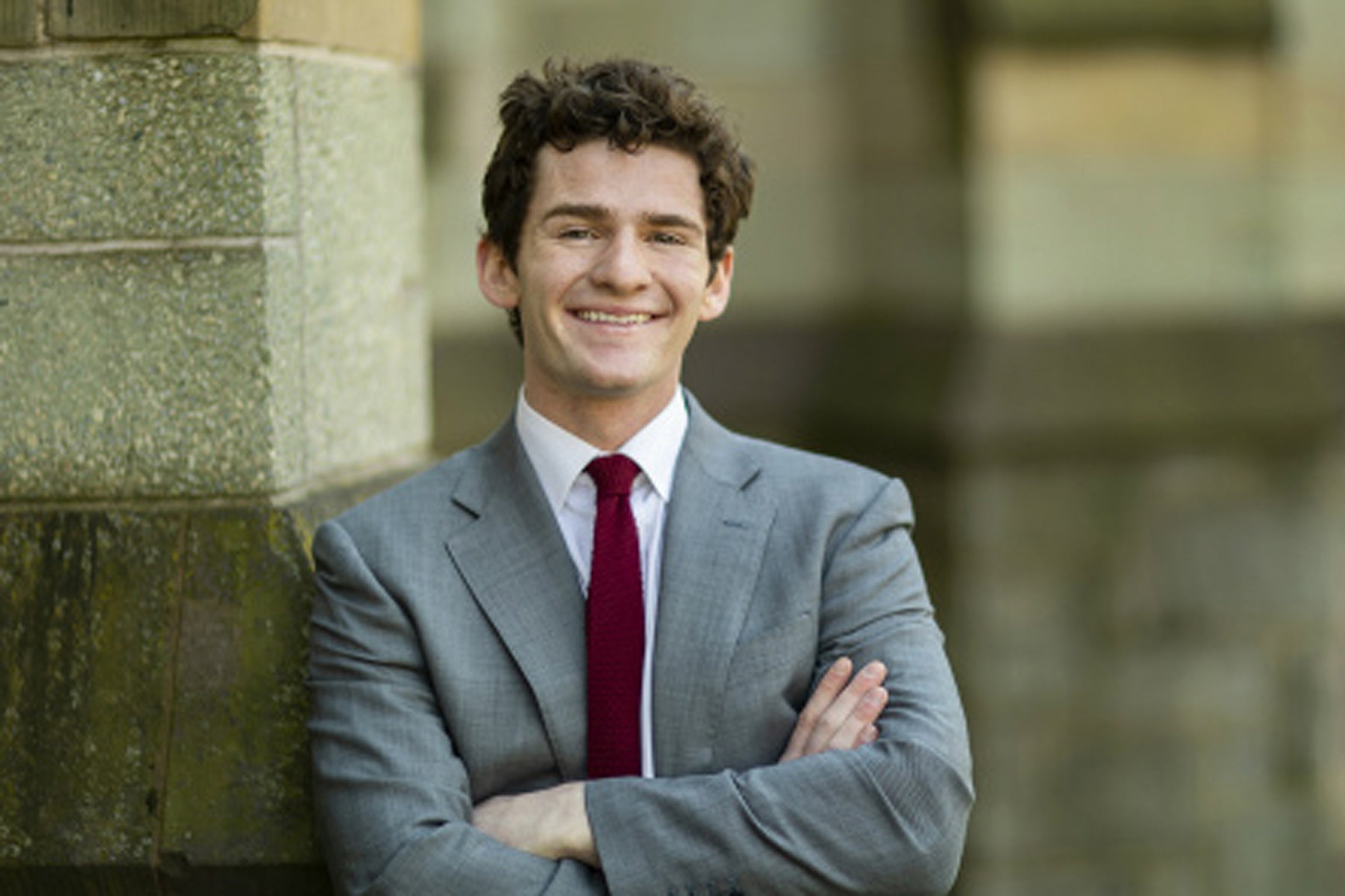
A $100,000 President’s Engagement Prize from the University of Pennsylvania, which Taliaferro graduated from in May, funds the pilot. Taliaferro won the seed money for his project proposal, which stemmed from his thesis on LGBTQ youth homelessness in the city.
The Host Home model will provide a safer, more-inclusive housing option for Philly’s LGBTQ youth experiencing homelessness or housing instability while also reducing housing costs, Taliaferro said.
“The problem with shelters, particularly for LGBTQ youth, is that they are very short term,” he added. “They can be very dangerous and there is little to no surrounding support besides just a bed to sleep on at night.”
Based on U.S. Department of Housing and Urban Development data for cities with comparable living expenses to Philadelphia, Taliaferro estimates his program will decrease accommodation costs by 26 percent compared to shelters. He projects an average cost of $950 to care for a youth in the program for a month, versus a longer-term shelter stay at $1,800 per month and a shorter-term stay at $840.
The Homeward Initiative hosts will receive training from The Bryson Institute, a program of the Attic that offers education about respect and diversity in the queer community, pronoun usage and other nuances of raising LGBTQ youth.
The training is expected to push the Host Home experience beyond what a shelter can offer young people, said Shawnese Givens, acting executive director of the Attic.
“There is a sense of belonging and safety that comes from folks inviting you into their home and saying you are part of our family, you are somebody that we care about,” she added. “That’s not something you can duplicate in a shelter.”
“A legacy of taking care of our own people”
The Host Home model officially debuted in 1997 at Avenues for Homeless Youth, an organization for LGBTQ youth experiencing homelessness in Minneapolis, with a program that supports queer people ages 16-24 for up to one year. Since then, the Host Home model has caught on in cities including San Francisco, Baltimore and Seattle.
But Host Homes have even deeper roots in the LGBTQ community, said Brittany Garner, a queer woman and the associate director for rural areas at Point Source Youth, a national, predominantly-queer-led organization combatting youth homelessness.
“They really started in queer communities,” said Garner, who provides support to Bridge2Home like connecting with youth, finding hosts and developing policies. “It’s sort of a legacy of taking care of our own people. That’s something that’s been happening for a really long time.”
Point Source Youth specializes in advocacy work around youth homelessness, addressing social barriers encountered by people experiencing homelessness and helping other organizations launch initiatives for reducing homelessness.
Getting Host Homes off the ground
According to a July 2017 report by the Washington State Department of Commerce, the Host Home model emerged from “several system gaps,” like insufficient responses to youth experiencing homelessness, housing instability and other family crises.
“Host home programs show great promise, especially for populations of youth who are particularly vulnerable or who are disproportionately represented among the homeless youth population, including youth who identify as LGBTQ and youth of color,” the report states.
But the “community-based response to a systems-level failure” doesn’t receive adequate funding, the findings continue, and is largely disconnected from other state and federal homelessness supports.
Pennsylvania’s Continuum of Care programs, divvied up for eastern and western regions, provide funds, programs, services and housing options aimed at alleviating homelessness. But despite the group naming Host Homes the top funding priority in Western Pennsylvania, Dunlap said, officials seem puzzled by the framework.
She noted a Bridge2Home host family whose food stamps were reduced after receiving a Host Home stipend, prompting her to request a policy of clarification from the state.
“These are the barriers … we have to get through because the state and those types of benefits don’t know what to do with the program,” Dunlap said.
For Garner, Host Homes is worth overcoming the obstacles because it “uses the power of your community” to reduce youth homelessness.
“To know that there are people in the world who will open their home up to a young person that they don’t even know and provide safety and care for that person … is incredible,” she said.
Going further in addressing Philadelphia’s LGBTQ youth homelessness
Youth homelessness is often more hidden than adult homelessness, Garner said. It takes the form of couch-surfing, sleeping in abandoned buildings, spending days at public places or staying with friends’ families.
The Homeward Initiative can better reach youth living those scenarios, Givens said.
“Crashing on couches is not a home,” she told PGN, adding youth “don’t have to meet the [Office of Homeless Services] definition of homelessness in order to qualify.”
As such, youth who are ineligible for other housing options can participate in the Host Home initiative, Givens said. The program is also a viable option when shelters or other temporary housing offerings are full.
Once the pilot is underway, Taliaferro will focus on fundraising to fuel the program beyond its first year. The Homeward Initiative team, which will include a day-to-day coordinator and a social worker on-call around the clock for participants, also will navigate the model’s other challenges, like recruiting enough hosts, particularly members of the LGBTQ community and people of color who will mirror participating youths’ identities, Taliaferro said.
Despite the hardships of launching a Host Home program, Dunlap said Bridge2Home has provided Roman with a sense of stability.
“We find that youth say if they have one person that they connect with, that can help guide them; that’s really all they need,” Dunlap said, emphasizing the importance of participants having the option to self-select hosts, like Roman did.
“This model is helping give them choice, and whenever the youth have choice, they become empowered and they do a lot better,” she added.
Living in a Host Home has led Roman to hope more LGBTQ youth will be able to join similar programs, she said.
“I found a good home with people who love me and people that I love,” Roman added. “It’s given me hope that I don’t have to worry about having to go somewhere else ever again.”
—
*Name has been changed to protect the privacy of a minor. Hosts or youth interesting in participating in The Homeward Initiative can contact Brendan Taliaferro at btaliaferro100@gmail.com. Those interested in participating in Bridge2Home can contact Carol Dunlap at cdunlap@valleyyouthouse.org.
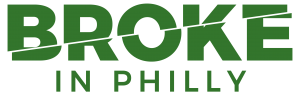 Philadelphia Gay News is one of more than 20 news organizations producing Broke in Philly, a solutions-oriented collaborative reporting project on poverty and Philadelphia’s push for economic justice.
Philadelphia Gay News is one of more than 20 news organizations producing Broke in Philly, a solutions-oriented collaborative reporting project on poverty and Philadelphia’s push for economic justice.
WHYY is your source for fact-based, in-depth journalism and information. As a nonprofit organization, we rely on financial support from readers like you. Please give today.


